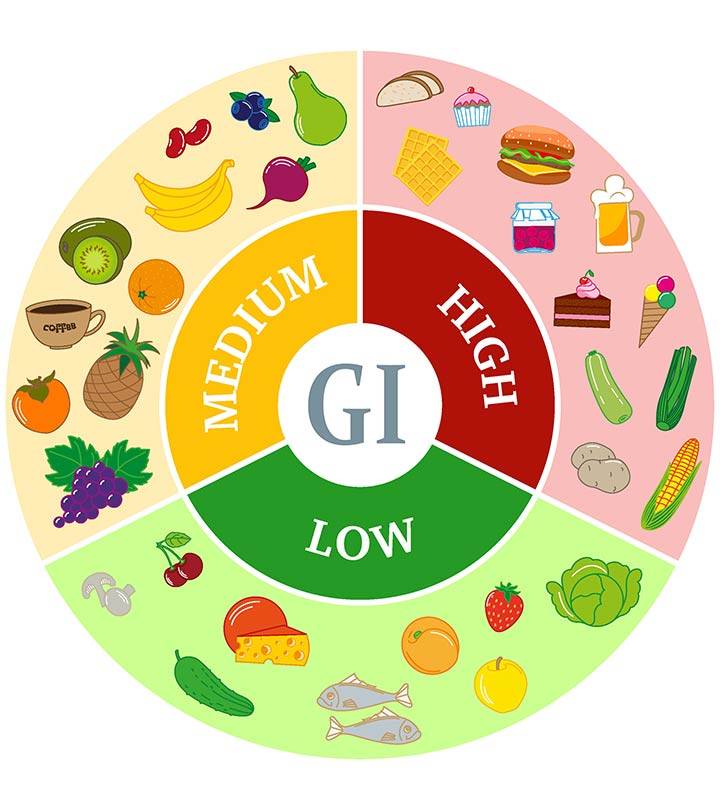Living with diabetes requires careful planning, particularly when it comes to snacking. To maintain healthy blood sugar levels and prevent fluctuations, it’s essential to make wise snack choices that fit your lifestyle and preferences.
Snacking is often an integral part of a healthy eating routine, providing energy and helping to keep hunger at bay between meals.
However, snacking can be the most challenging way to manage diabetes. In this article, we will discuss some strategies for planning out snacks for individuals with diabetes, ensuring that they are nutritious, delicious, and keep blood sugar levels in check.
Focus on Low Glycemic Index Foods

For individuals with diabetes, choosing foods with a low glycemic index (GI) can play a significant role in maintaining stable blood sugar levels.
The glycemic index is a ranking system that measures how quickly a particular food causes blood sugar levels to rise, with higher GI values indicating a more rapid impact on blood sugar.
Low-GI foods generally have a slower, steadier effect on blood sugar, which is advantageous for diabetics seeking to avoid sudden spikes and drops.
Whole foods, such as fresh fruits, vegetables, nuts, and legumes, typically have lower GI values compared to highly processed or refined options.
Prioritizing these nutrient-dense options can help you build a snack plan that supports blood sugar management.
Not all grains are created equal when it comes to their impact on blood sugar. Opt for whole grains with lower GI values, such as quinoa, barley, or oats, to create satisfying snacks that won’t cause sudden blood sugar spikes.
Some foods will straddle the line between low and high GI. Foods such as popcorn, for example. Plain popcorn without any toppings sits at around 55 on the GI scale. So, can diabetics eat popcorn? If you don’t put any toppings on it then, yes, you can.
Mind your portions
While it’s important to focus on healthy, low-GI foods, portion control is equally crucial. Overeating, even with healthy options, can lead to elevated blood sugar levels.
Even healthy, low-GI foods can cause blood sugar spikes if consumed in excessive quantities. As a diabetic, being mindful of portion sizes can help you maintain stable blood sugar levels and avoid overeating.
Prepare snacks in advance

Preparing snacks ahead of time can be a game-changer when it comes to managing blood sugar levels and maintaining a diabetes-friendly diet.
Having ready-to-eat, nutritious options at hand can prevent you from reaching for unhealthy, high-sugar alternatives when hunger strikes.
Setting aside a specific time each week for snack preparation can help you establish a routine and ensure that you always have healthy options available.
This could involve washing and chopping vegetables, preparing yogurt and fruit parfaits, or making a batch of low-GI granola.
In addition to prepping perishable items, stock up on non-perishable, diabetes-friendly snacks that require little to no preparation.
Examples include nuts, seeds, whole-grain crackers, or low-sugar protein bars. Having these items readily available can provide a quick and healthy option when needed.
Don’t skip meals
It’s important not to skip meals, as this can cause your blood sugar levels to drop too low, leading to unhealthy snacking.
When you skip a meal, your body doesn’t have the fuel it needs to function properly. This can lead to a drop in blood sugar levels, also known as hypoglycemia. Hypoglycemia can cause symptoms like dizziness, confusion, shakiness, and even fainting.
Instead, aim to eat small, frequent meals throughout the day, including healthy snacks. This can help keep your blood sugar levels stable and prevent cravings.

Jean Smith is a fitness enthusiast and blogger who focuses on fitness and a healthy lifestyle. She is passionate about assisting people in living healthier lifestyles and is constantly on the lookout for new and creative methods to stay fit and healthy. Her articles are excellent resources for anyone interested in improving their health and fitness.
